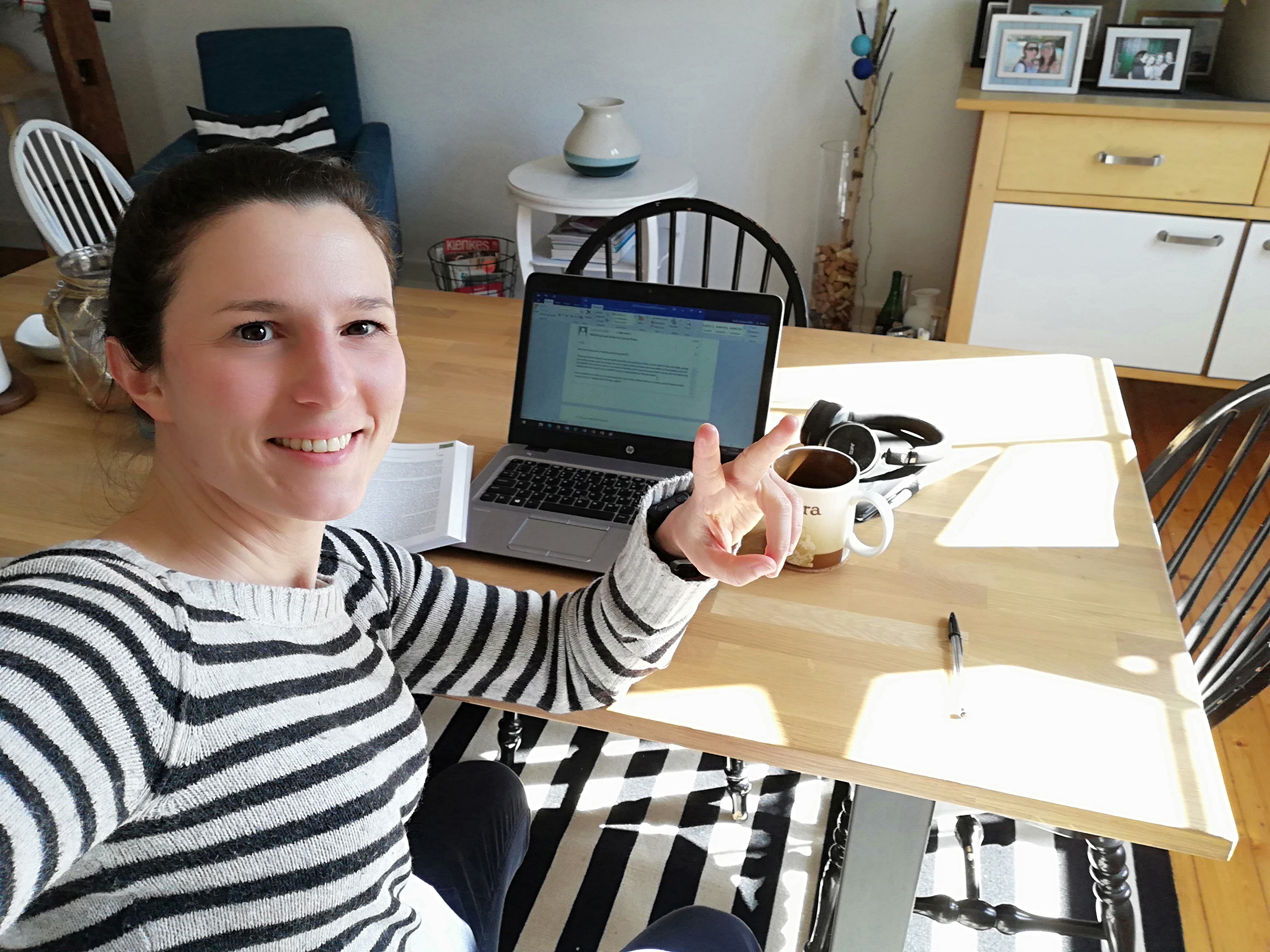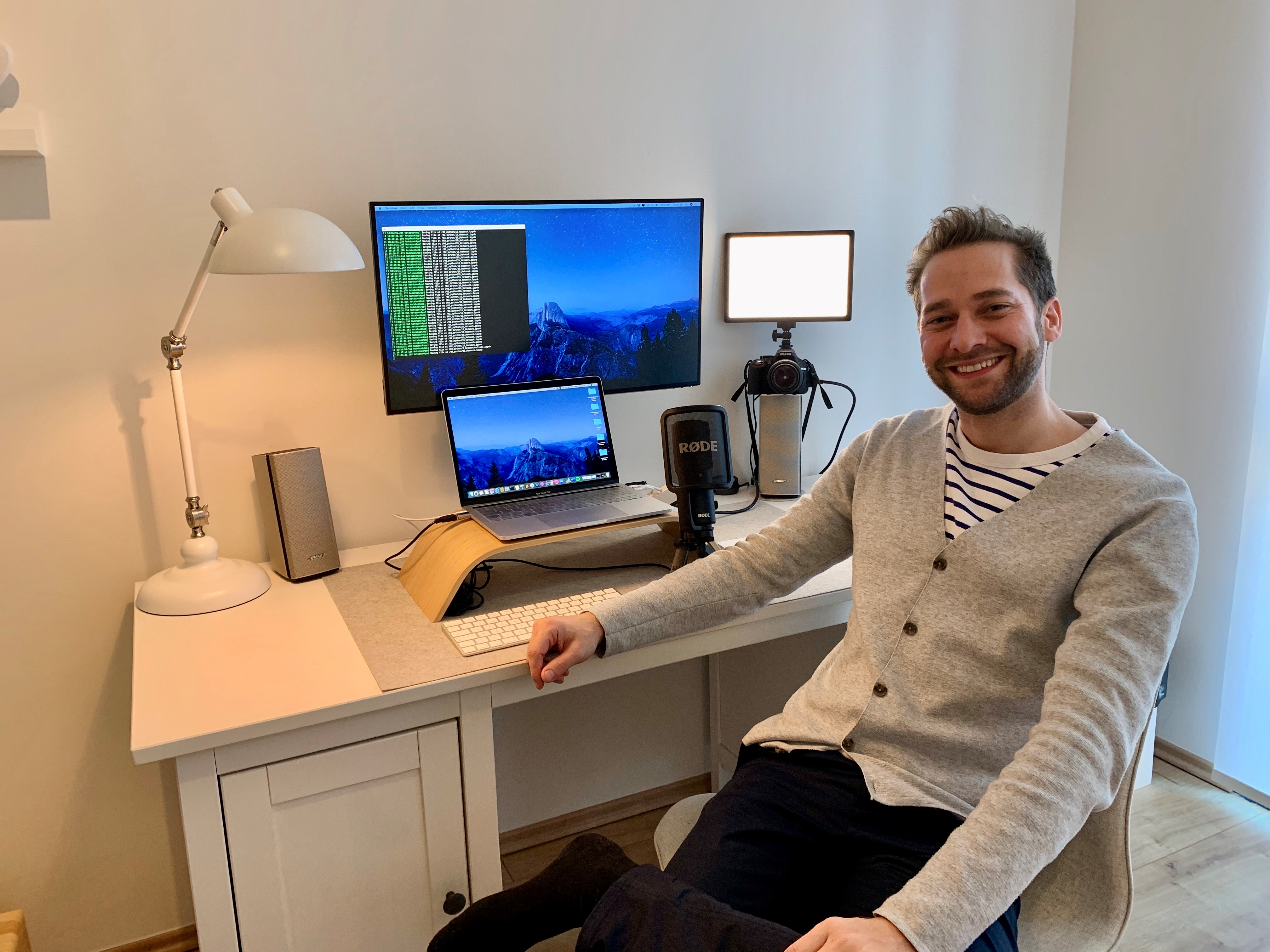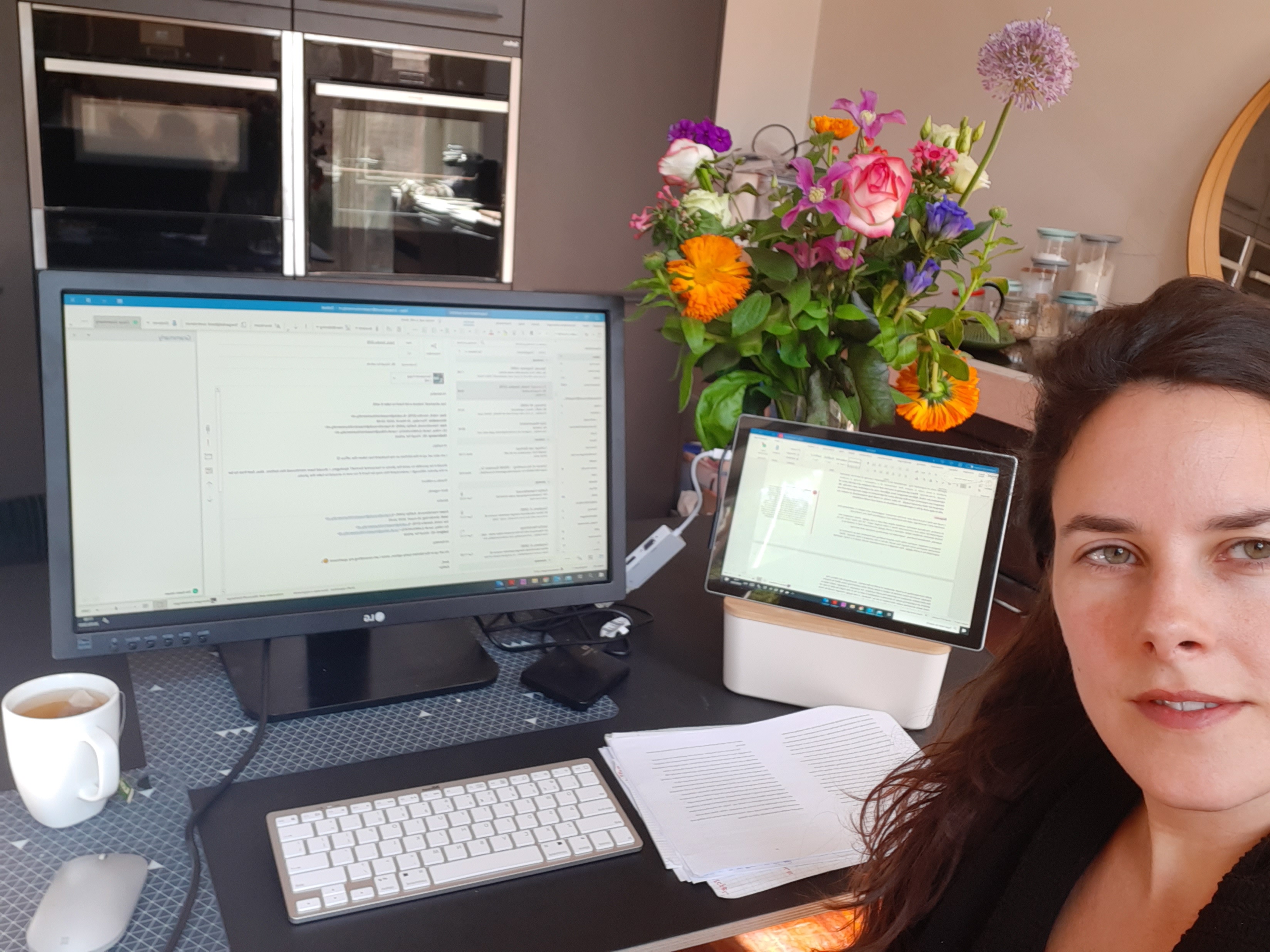Adapting to virtual: Real life problem-based learning
If you ever had the feeling that life was imitating art, the beginning of 2020 seems like the plot of a science fiction film unravelling. We might not know the ending, but we can be sure there will be many different perspectives and experiences of the story.
In light of the coronavirus crisis, here at Maastricht University's School of Business and Economics (SBE), we have had to quickly adapt the way we deliver our courses and explore innovative ways to offer distance learning. Our community's response to this unprecedented situation is part of the learning journey. For staff and students alike, this might mean learning new skills, experimenting with new tools, or paying attention to the people in our study, work and social networks in a different way. One thing we can all count on is that we are all facing this situation together.
To get a better idea of how our teaching staff are adapting to their new reality, we momentarily interrupted their online creativity to find out what life is like behind the scenes of an online learning environment.
Finding your groove
Nadine Kiratli, Assistant Professor of Marketing and Supply Chain Management reviews her first week of online teaching.
'Only one week of distance teaching lies behind us – a bit more than a week ago it was unthinkable that my 2nd year BSc course Customer-centric Supply Chain Management with 180+ students would be taught fully online. It would have been even more unthinkable that it works – it actually does, quite well in fact! It was a hell of a job to make the switch over the weekend. But a good tutor team around me, continuous communication with everyone, quick but concerted decisions, and support from relevant stakeholders at SBE made the switch possible so that the first ever online facilitations sessions would kick-off Monday morning at 8:30hrs via Skype. Compliments to my students that they adapted to the new circumstances very quickly and managed to maintain a PBL style. “Sitting in” the first sessions, I was amazed that after 15-20 minutes everyone seemed to have found their groove. Students make very creative use of the chat box, agree and stick to ground rules of engagement, leverage interactive online tools such as Wooclap, Mentimeter, Kahoot and many more. So in that sense, the generation of digital nomads has proven the power of virtual.'

Leading by example
Jermain Kaminski, Assistant Professor in Entrepreneurship and Innovation at SBE was in the middle of creating a short video ‘trailer’ for his course on Commercialisation of Science and Technology for the Maastricht Science Programme when we caught up with him. He sees the relevance of his approach to the content of what he’s teaching.
'I feel that it’s really good training! …We’re here in the university, telling students that organisations need to be digital because they are otherwise being disrupted. We need to lead by example and try our best to go digital to show we eat our own dogfood. If we fail in this task, we might undermine our own expertise. Especially, when, like me, you teach a course on disruptive innovations!'

We’re all learning and experimenting!
Nadine reminds us that 'this entire distance teaching thing is a big adventure and experiment for everyone (students AND staff) and this only works if we collaborate. During the past week I sometimes got the feeling that students forget that this is also new for course coordinators and tutors – in this situation, no solution is perfect but instrumental to keep education up and running!'
Katlijn Haesebrouck, Assistant Professor in Accounting and Information Management, describes how she adapted a resit exam, where students would normally have to be physically present, into an essay. 'I asked students to apply papers we discussed in the tutorials on the current corona situation. This made sense for my course/topic (knowledge management).'
Katlijn has also been experimenting with different features of PowerPoint to make it more virtual-friendly. 'You can record in PowerPoint, either only for voice audio or with both video and audio. I find this extremely useful since you have your narrative next to each slide, just like you would have in a real lecture. Because you can record per slide, you can take a break from recording whenever you want, and it is easy to re-record your narrative for one slide for example if you are not happy with it.'
Jermain’s previous experience of creating podcasts with his students proved to be a useful way of getting creative with online collaboration and assessment. 'As an entrepreneurship course demands some group work, design thinking, and collaboration, doing that remotely will be the biggest challenge for students. So I’m taking the creativity into another remote channel (podcast), and hope it plays out. In period 2, I did the podcast thing already, and it worked quite well. In fact, students did the production remotely anyway. So I have a bit of experience with that, but I acknowledge there are types of classes where a podcast isn’t the appropriate assessment.'

Personalising the experience
We might not be having the chats around the coffee machine anymore, but we can still check-in with each other and personalise our contact. Katlijn was supposed to meet 10 Bachelor students last week to discuss their Bachelor thesis proposal. Instead, the appointments all took place via skype video call with some written feedback sent to them beforehand so they could ask specific questions. 'I always skype with video, since facial expressions can be very informative in addition to whatever is being communicated verbally! It was also fun to see all those students in their "home” environment, I think we somehow connected/bonded differently.'
Nadine agrees that the personal is still vital. 'While sitting all alone in my home office, I do realise once more the power of teaching in person. I realise now more than ever how much gestures, facial expressions, the heat of an intensive discussion, eye contact and physical proximity add to a learning environement. No virtual platform (at least so far) can replace this. That is the social glue of experiential education.'
Benefitting from new opportunities
Nadine sees lots of opportunities for the future, for staff and students. 'Is distance teaching here to stay? Well, I hope parts of it are such as online examination for exchange students to introduce more flexibility. Or the possibility of holding some sessions online via Skype or Zoom. That would help to train our students in essential digital etiquette needed in their future careers where virtual meetings are standard. ….My hope is that once Corona is under control, we will be able to keep some elements of distance teaching. It is all about balancing the “power of virtual” and the “power of physical”. At least I will try to combine the best of both worlds with everything I do in the future.'
Also read
-
A theoretical analysis of consent and coercion in contract law
PhD thesis by Florian Gamper

-
MCICM launches website Playing the Digital
MCICM recently launched a new website: Playing the Digital:
Explorations in Music, Machines, and Meaning.
-
Supporting PBL development at Anton de Kom University, Paramaribo, Suriname
Anton de Kom University in Suriname invited EDLAB to support its move towards Problem-Based Learning (PBL) within the Faculty of Social Sciences. To meet this request, Annechien Deelman from EDLAB delivered a week-long programme in early October 2025.
